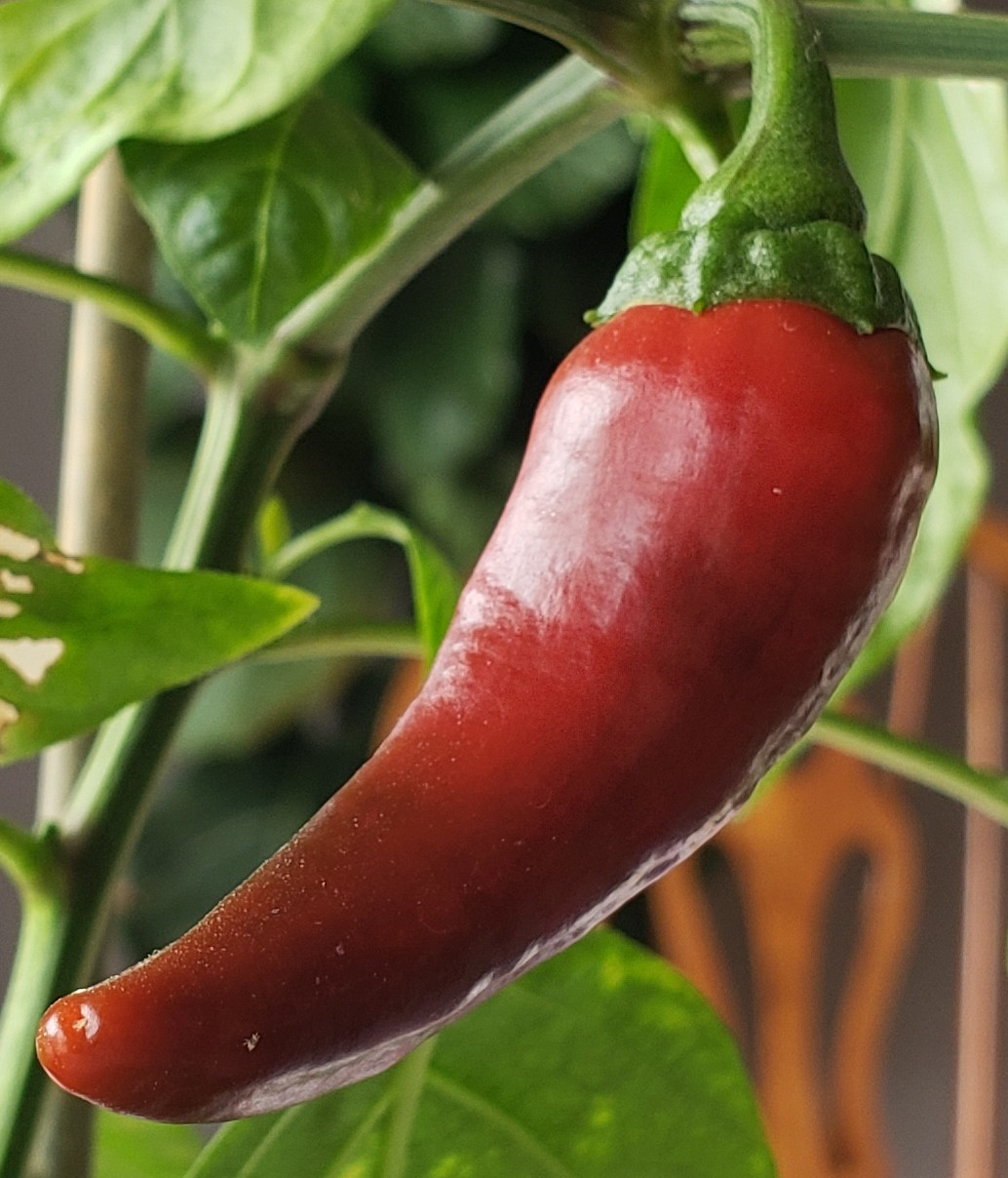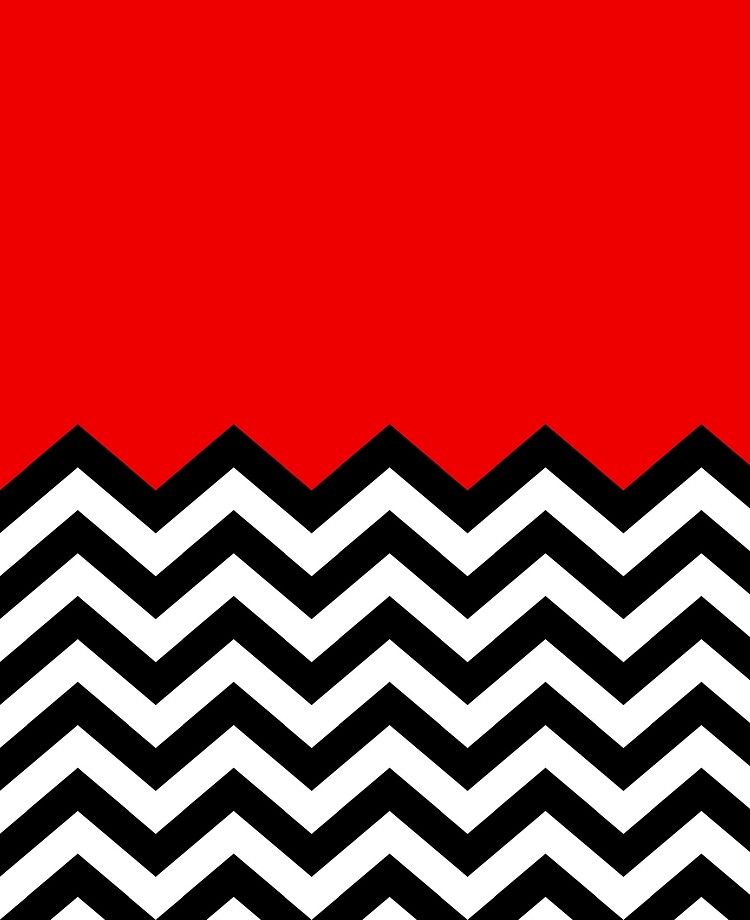Seattle has the same growing zone as the florida pan handle
what
It's based on winter lows, not summer highs. This just means both those places have mild winters.
Yeah the main difference between the two is that Seattle has a beautiful mild summer and the Florida panhandle makes you want to kill yourself
Combination of oceans absorbing all the heat from the sun during the day and breezes distributing it inland.
With zones caring more about cold than heat, both locations hit similarly low temperatures even though Florida probably has much higher temps
Zone 1 or lower for life, I don't know how you americans survive that kinda heat
This has me in zone 5 when really it’s supposed to be 4. But now that I think about it, these zones are probably more like… zestimates, going forward. USDA should add three question marks and a shrugging emoji after the number the next time they update these. Or maybe a frowning face for like the southwest for instance.
Moved again from zone 3 to zone 5. Loving the flowers.
What is this and why the fuck do I have to live in the 10-20 zone?
These are USDA hardiness zones, and these are the normal low temperatures in winter for these areas. The zone system can help people determine which plants will thrive/survive in their area.
It's the expected lowest lows iirc. No point saying a plant would survive average winter temps if the lowest lows that can usually occur during the season would kill them
It's the Rockies. Most of Arizona is mountains, but people think it's just a giant desert because that's where most of the people in the state live.
Sad zone 5b noises. I could grow so much more shit in 6, I'm so jealous
Plant some zone 6 shit, with global warming these are shifting. Silver linings?

I live in zone 9 and I’m really more of a zone 5 kind of guy
Same. Maybe even a zone 4 if it's gonna end up going zone 5 soon enough.















